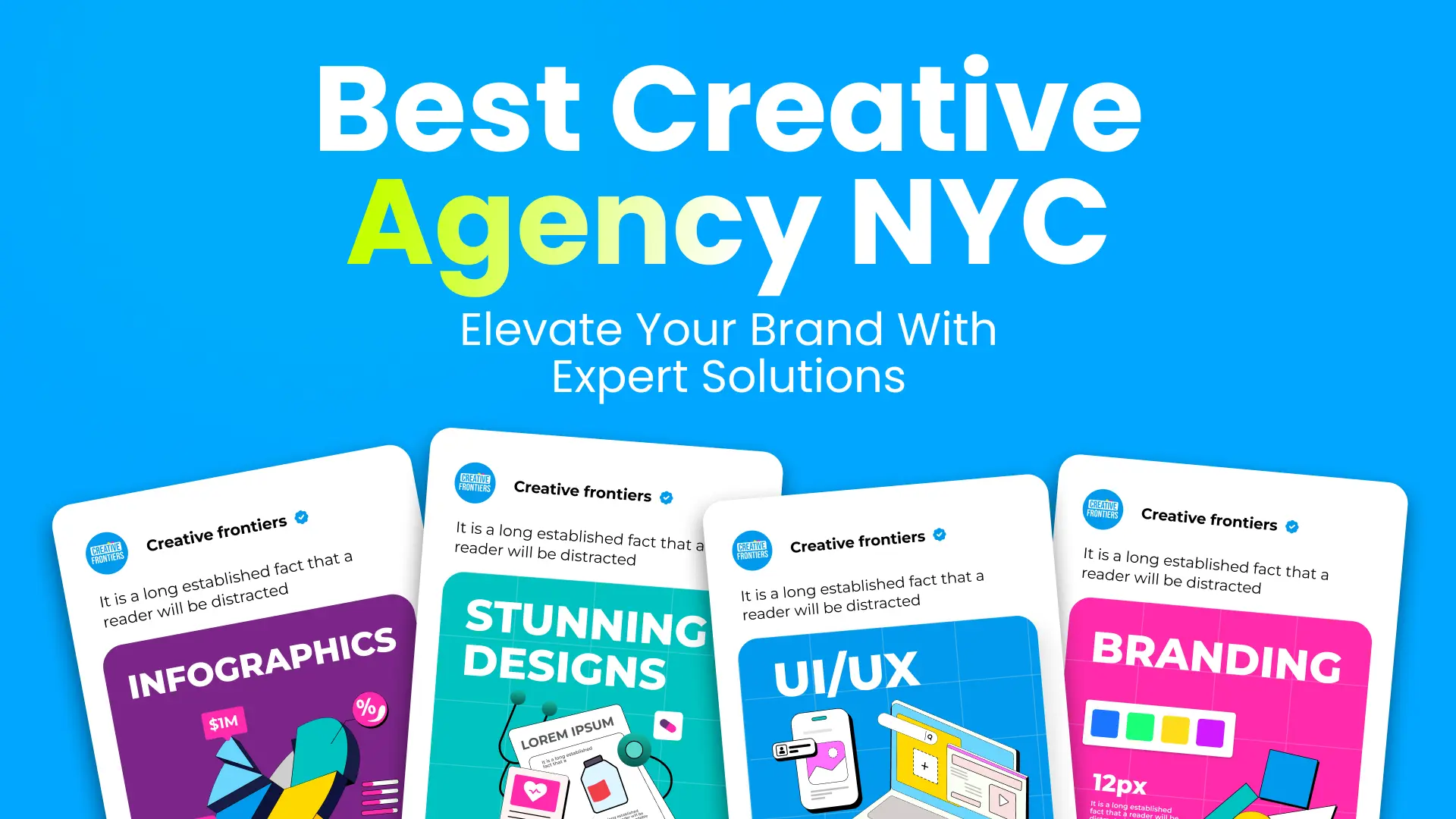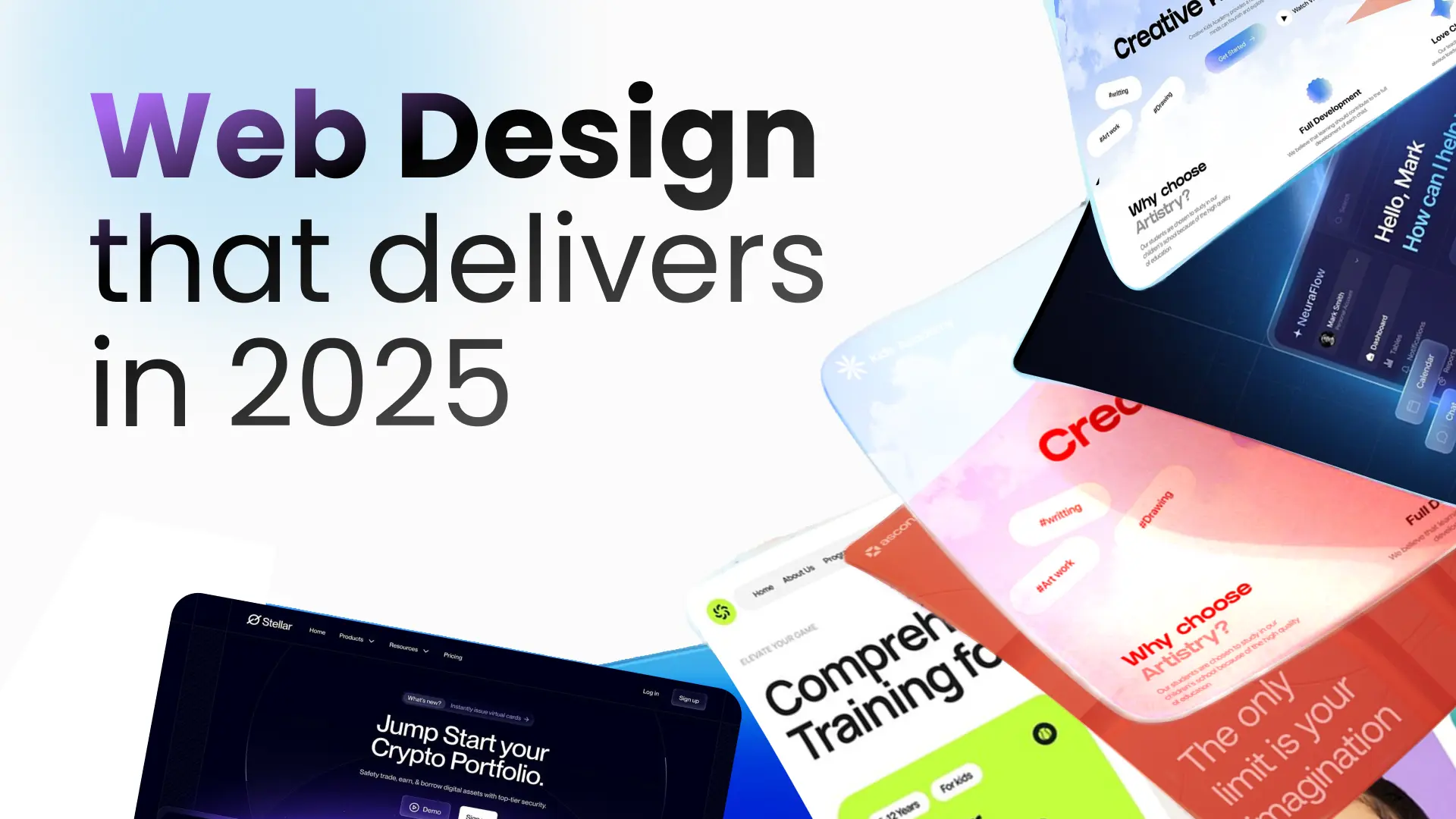
Killer Pitch Decks - Tips To Secure Funding [with examples]
Design
July 21, 2025
9
minutes

About the project
It is a long established fact that a reader will be distracted by the readable content of a page when looking at its layout. The point of using Lorem Ipsum is that it has a more-or-less normal distribution of letters, as opposed to using 'Content here, content here', making it look like readable English.
Video styles
Industries
Services
Our involvement
Storyboarding
Commercial Production
Dedicated Project Manager
Dedicated Project Manager
Dedicated Project Manager
Typically takes 15 minutes
TL; DR
A killer pitch deck can be the difference between securing funding and being overlooked. It’s more than just a presentation—it’s your startup’s story, vision, and value proposition rolled into 10–15 powerful slides. A great deck includes essentials like a strong problem statement, a unique solution, market opportunity, business model, traction, financial projections, and a clear investment task.
Successful startups like Airbnb, Uber, and Dropbox nailed these elements with clarity and compelling storytelling. Investors want concise, data-backed presentations with high-quality visuals that show potential for ROI and scalability. Whether you're pitching a tech startup, nonprofit, or product launch, your slides must address investor concerns, highlight your competitive edge, and demonstrate real traction.
Creative Frontiers has helped brands like Grant Assistant AI boost engagement and secure acquisitions with stunning pitch materials. From animation to pitch strategy, we help you design investor-ready decks that drive results.
Curious how to craft a winning deck step-by-step? Read the full guide to learn exactly what it takes.
Do you want to know what makes some startups successful at securing funding while others struggle? Killer pitch decks! A well-crafted pitch deck is a key tool for attracting investors, securing funding, and turning a business idea into reality.

In this guide, we’ll explore the essential components of pitch decks, highlight key insights from the most successful startups, and provide actionable tips to help you create an investor presentation that stands out.
What Is A Pitch Deck?
A pitch deck is a concise, visually engaging presentation designed to communicate a startup’s vision, business model, and growth potential to potential investors. Generally, a well-structured pitch deck should be clear, compelling, and persuasive, showcasing the company’s value proposition and its path to success.
Investors, including venture capital firms like Sequoia Capital, Index Ventures, and FJ Labs, review countless pitch decks every year. A strong presentation design helps startups make a lasting impression, build trust, and increase their chances of securing a seed round or Series A funding. Moreover, pitch decks not only explain the business idea but also demonstrate why it is a game changer worth investing in.
Pitch Deck Basics - Which Slides To Include
Investors want to quickly grasp your business potential, understand your strategy, and see the value of their investment. To maximize your chances of securing funding, ensure your pitch deck has all the slides that are needed to make a lasting impression:
1. Cover Slide
Your cover slide sets the first impression, so make it count. Include your company name, logo, and a compelling tagline that encapsulates the essence of your startup. A strong tagline should be concise yet powerful enough to communicate your mission and vision at a glance.
2. Problem Statement
Your pitch deck presentation is only as successful as your ability to highlight the pain points. Investors want to fund businesses that solve real-world problems. Clearly define the problem your startup is addressing and emphasize the pain points of your target market. Use key points like statistics, customer testimonials, or real-world examples to highlight the urgency and significance of the problem.

3. Solution
This slide is your opportunity to introduce your product or service as the solution to the problem stated earlier. A good pitch deck explains how your offering is unique, effective, and better than existing alternatives. If possible, showcase how it simplifies, improves, or disrupts the current landscape.
4. Market Opportunity
A great startup solves a significant problem in a large and growing market. Define the Total Addressable Market (TAM), Serviceable Available Market (SAM), and your specific target market. Use reliable data sources and financial projections to demonstrate the growth potential of your industry and how your startup fits into the bigger picture.
5. Business Model
Clearly explain how your startup generates revenue. Outline your pricing models, revenue streams, and potential expansion opportunities. If you have multiple revenue sources—such as subscriptions, direct sales, partnerships, or licensing—explain how they work together to create a sustainable business.
6. Product Or Service
This is your chance to showcase your offering in action. Highlight the core features and benefits of your product or service using visuals, screenshots, or a short demo video. Make it easy for investors to see why your solution is valuable and worth investing in.
7. Traction And Milestones
Investors want to see progress. Demonstrate your startup’s momentum by showcasing key achievements such as customer growth, partnerships, revenue milestones, product launches, or market adoption. If you’re pre-revenue, highlight user engagement metrics, pilot programs, or early customer interest.
8. Competitive Analysis
Show that you understand your market and can differentiate yourself. Compare your startup with competitors and alternative solutions, highlighting what sets you apart. Use a competitor matrix or comparison table to visually communicate your unique advantages.

9. Go-To-Market Strategy
A great product or service isn’t enough—you need a plan to reach customers. Outline your customer acquisition strategy, marketing plan, distribution channels, and sales approach. Show how you plan to scale efficiently while keeping customer acquisition costs (CAC) manageable.
10. Team Slide
Investors don’t just invest in ideas; they invest in people. Introduce your core team members, their relevant expertise, and why they are the right people to execute your business plan. If you have key advisors or industry experts on board, mention them to add credibility.
11. Financial Projections
Investors want realistic revenue forecasts, cost structures, and profit projections. Provide a 3–5-year financial plan covering revenue, expenses, and key performance indicators (KPIs). Ensure your numbers are well-supported by data and align with your market opportunity.
12. Investment Ask
Be clear and specific about how much funding you need and what it will be used for. Break down your investment ask by explaining how the funds will contribute to product development, marketing, hiring, or scaling operations. A clear financial roadmap reassures investors that their capital will be used strategically.
Pitch Deck Template
A pitch deck is usually a simple 10-20 slide presentation to help founders raise venture capital.
Here's a basic template that you can use to follow all the guidelines and ensure that you are including all the key points in your presentation:
| Cover Slide |
|
| Problem Statement |
|
| Solution |
|
| Market Opportunity |
|
| Business Model |
|
| Product or Service Overview |
|
| Traction and Milestones |
|
| Competitive Analysis |
|
| Go-To-Market Strategy |
|
| Team |
|
| Financial Projections |
|
| Investment Ask |
|
| Closing Slide |
|
10 Types Of Pitch Decks
Different types of businesses and objectives require different kinds of pitch decks. Here are ten common types:

Startup Deck
Used by early-stage startups to attract investors, focusing on the problem, solution, market opportunity, and financial projections.
Venture Capital (VC) Deck
Tailored for venture capitalists, emphasizing scalability, high ROI, and a compelling business model.
Sales Deck
Aimed at potential clients, showcasing product benefits, value propositions, and case studies.
Investor Deck
Designed to secure funding from angel investors, VCs, or banks, highlighting financial viability and growth potential.
Film Deck
Used by filmmakers to attract investors or production partners, focusing on the film’s storyline, visual aesthetics, target audience, and budget.
Nonprofit Deck
Created for nonprofit organizations to secure funding and partnerships, emphasizing social impact, mission, and sustainability.
Partnership Deck
Used to form strategic partnerships, detailing mutual benefits, market expansion potential, and shared goals.
Corporate Deck
Internal or external presentations are used by corporations to pitch new initiatives, products, or business ventures.
Product Launch Deck
Focused on introducing a new product, detailing features, market fit, and go-to-market strategy.
M&A (Mergers & Acquisitions) Deck
Used in business acquisitions or mergers, highlighting financials, synergies, and strategic advantages.
9 Pitch Deck Examples - Presentations That Changed The World
Here are nine examples of successful pitch decks you can study and draw inspiration from:
Grant Assistant AI
Creative Frontiers worked with Grant Assistant AI, a company dedicated to improving proposal writing, to make product marketing and explainer videos for their product. These videos helped increase engagement, boost social media reach, enhance event collateral, and improve pitch effectiveness.
As a result, Grant Assistant AI grew exponentially in just six months, ultimately leading to its acquisition by Freewill.
Like this? Book a call to get a pitch deck template inspired by this for your organization.
Airbnb
Their pitch deck clearly defined the problem, solution, and market opportunity, making it an iconic example of a simple yet effective storytelling approach. Airbnb's pitch deck is commonly cited as one of the best, and it has helped Airbnb raise $600k in funding.
Uber
What makes Uber's pitch deck stand out is its disruptive business model and a clear roadmap for market growth and expansion.
Dropbox
Dropbox used a highly visual pitch deck to illustrate their product’s functionality and focus on user experience, making it easy for investors to grasp the concept.
LinkedIn Series B
Focused on network effects and monetization strategy, LinkedIn’s deck effectively communicated the platform’s long-term revenue potential.
The early pitch deck made by Facebook focused on user growth, engagement, and the power of social connections, securing early funding that fueled its expansion.
YouTube
Their pitch deck showcased user-generated content as a key differentiator, proving the platform’s unique market position and advertising potential.
Stripe
A masterclass in clarity, Stripe’s pitch deck distills a complex fintech product into a clean, developer-focused narrative that investors can instantly grasp.
WeWork
WeWork's deck emphasized its scalable shared workspace model and aggressive expansion strategy, securing massive investments. WeWork used visual charts in its pitch deck to show projected growth and justify its funding claims.
Creating An Effective Pitch Deck - Best Practices
Your pitch deck isn’t just a collection of slides—it’s your story, your vision, and your chance to make a lasting impression. It should translate complex ideas into a compelling narrative that resonates instantly.
Every slide should serve a purpose, capturing attention while reinforcing your core message. Clarity, impact, and design go hand in hand; a well-crafted deck doesn’t just inform but also persuades, inspires, and stays with your audience long after the presentation ends.
Here are some best practices to keep in mind when drafting your presentations:
Keep It Concise
Investors have limited time, so keep your deck to 10-15 slides. Ensure each slide is clear and to the point. Consult professional pitch deck designers to ensure that you are providing the necessary information.
Tell a Compelling Story
A great pitch deck isn’t just about numbers—it’s about storytelling. Engage investors by showing the journey of your startup and its vision for the future.
Use High-Quality Visuals
A professional-looking presentation deck enhances credibility. Use charts, graphs, and images to convey complex information in an engaging way.
Highlight a Strong Value Proposition
Clearly articulate why your startup is unique and why investors should back it. Your value proposition should be memorable and easily understood.
Show Traction and Potential
Investors want to see momentum. Include data on user growth, revenue, partnerships, or any early success that demonstrates demand for your product.
Address Investor Concerns
Be prepared to answer questions about competition, scalability, and potential risks. Show that you have a solid strategy to overcome challenges.
Tailor Your Pitch
Different investors have different priorities. Research potential investors to understand what they value most and customize your pitch accordingly.
Creative Frontiers - Design Your Pitch Deck For Success
Your pitch deck is the gateway to funding, partnerships, and growth. At Creative Frontiers, we don’t just design decks, we craft compelling visual stories that captivate investors and bring your ideas to life.
With our expertise in animation, design, and storytelling, we ensure your pitch is not only polished but also unforgettable. Don’t leave your success to chance. Let Creative Frontiers help you create a pitch deck that stands out, speaks volumes, and drives results.
Ready to make an impact? Let’s build your winning pitch deck today!



%20%2B%2010%20(For%20EEI).png)

.png)





